Barberry – Types, Medicinal Uses, Nutrition Benefits and Side Effects
What Is Barberry?
Barberry is a hard, thorny, semi-deciduous shrub. This upright European shrub is widely cultivated in the United States and is known for its clusters of juicy berries. It belongs to a family of approximately 450-500 species of evergreen and deciduous shrubs that have thorny stems and grow anywhere between 1 and 5 meters. Barberries are closely associated to genus Mahonia which is actually a family of small evergreen trees and shrubs native to Asia, North America and Central America.
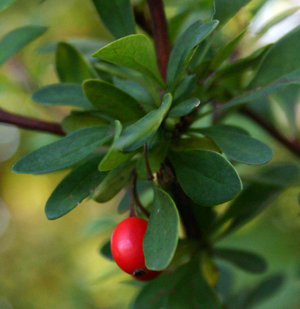
Barberry – Types, Medicinal Uses, Nutrition Benefits and Side Effects
Table Of Content
Barberry shrubs grow about 2 to 4 meters in height though there is a dwarf variety that is much shorter in height. In spring season they bear fragrant, bright yellow flowers which hang from the shoot like tear drops. Barberry leaves are small in size, oval in shape and have a fine texture.
Barberry has very attractive, multi-colored foliage that can be gold, bright green or burgundy.
Barberries are also referred to as Pepperidge Bushes or Berberis.
Barberries are found in subtropical and temperate areas of Europe, North America, South America, Asia and Africa.
Barberry Scientific Name
The scientific name of Barberry tree is Berberis Vulgaris.
Types of Barberry
There are over 500 kinds of Barberry bushes. The two most common forms of barberry bushes in the US are the Common Barberry and the Japanese Barberry. The Common Barberry is used for landscape gardening and grows as a wild bush in the eastern region of the United States. It grows berries in a bunch. The Japanese Barberry is a famous garden plant where berries grow either single or in pairs.
Barberry Pruning
The bright, lustrous Barberry bushes add a rare beauty to gardens and landscapes that make for a lovely spectacle for the beholder. The excessive Barberry growth rate can, however, be a problem and give you some boundary issues. The overwhelming overgrowth of the Barberry bushes needs some careful pruning to keep in check. Know how you should take good Barberry care and go about trimming these lovely shrubs.
- Wear appropriate clothing to keep yourself protected from thorns in Barberry bushes. Heavy gardening gloves, long sleeved denim shirts, jeans, boots and safety glasses are all that you need to save your skin from prickly issues.
- Get a drag-bag or a bucket to put all the sheared branches in. A plastic drop-cloth and some strings are also needed to help you cut bushes with ease.
- Use a pair of sharp pruning shears to trim the bushes to the height, width and shape you want. If one bush falls over the other and makes pruning difficult for you, wrap the obstructing bush in drop cloth and bind with string while you finish trimming the other one.
- Remove the main branches with trimmers. This will help promote re-growth of the removed branch.
- Pull or dig out any new Barberry plant that you can find sprouting from the ground nearby. If you want to plant this anywhere nearby, try to keep the roots intact while you dig out.
- Put all the pruned waste into the bucket/drag-bag.
- Avoid over-trimming of the Barberry bush. Trim the shrubs at least two times a year, once during summer and once again during the fall season.
Barberry Medicine History
Barberries have been used as a medicine since before the birth of Christ. It was used in ancient Egypt. Pharaohs and their queens are said to have taken it along with Fennel seeds to ward off plague. It is still used in the country as a cure for fevers arising from pestilence.
In Indian folk medicine, Barberries were highly valued and were used to cure many health problems such as loss of appetite, diarrhea, fever and stomach upset. Barberry was also used to promote vigor and boost overall health.
Barberry Medicinal Uses
The bark, berries and root are the main parts of the shrub that are used for medicinal cure. Barberry contains several active substances like Isoquinoline as well as Protoberberine alkaloids like Jatrorrhizine, Columbamine, Palmitine and Berberine. These are quite effective in fighting off bacterial attacks and infection. These reduce fever and also boost the activity of the immune system.
Barberry is counted on for curing various diseases like :
Infections
Barberry has been found to be quite effective in treating infection and swelling of the respiratory, gastrointestinal, urinary tract and skin. It is useful in curing respiratory tract infections like Rhinitis, Sinusitis, Tuberculosis, Bronchitis and Pharyngitis.
Skin Diseases
The herb is used as a natural remedy for skin conditions like Psoriasis and yeast infections of the vagina or skin.
Diarrhea
Barberry has also been found effective in treating stomach ailments like Traveler’s Diarrhea and Diarrhea from food poisoning. Some researchers have hinted that Barberry acts faster than antibiotics in bringing relief to diarrhea patients though it is less powerful in removing bacterial organisms from the intestines.
It is best to consult a professional healthcare provider before using Barberry in children with diarrhea problems.
Cardiovascular Problems
Barberry benefits health by widening the blood vessels of the body and reducing high blood pressure.
Gastrointestinal Ailments
The herb helps cure gastrointestinal ailments such as heartburn, indigestion, dyspepsia, diarrhea, stomach upset, loss of appetite and constipation.
Inflammatory Conditions
The berries of this shrub are useful in treating inflammatory fever conditions like Typhoid.
Liver Problems
The herb is also helpful in treating biliousness, gallbladder disease, liver ailments, bile secretion problems, functional disturbance of liver, biliary disorders and jaundice.
Respiratory Tract Conditions
Gargling with a Barberry mouthwash can be useful in providing relief from Pyorrhea, sore throat, mouth irritation and throat irritation. It can also help strengthening the gums.
Barberries are also effective in reducing sporadic fever, treating frailty and curing spleen problems.
Barberry Antifungal
Barberry, like other herbs like Goldenseal and Oregon Grape, contains a highly effective compound Bereberine which works as a natural antibacterial and antifungal medicine. Standardized Barberry Root Extract contains 0.3 to 0.6 gms of Berberine. Taking this extract on a regular basis can help fight off fungal and bacterial infections very effectively. It is best to use Barberry along with antibacterial and antifungal medicines.
Barberry Root Side Effects
Though a natural herb, Barberry can give rise to various side effects in certain conditions. An excess amount of this herb can lead to vomiting, nasal bleeding, nausea, low blood pressure, impaired breathing, very low heart rate and convulsions in some people.
Women who are pregnant or trying to conceive are advised not to try this herb. It can give rise to uterine contraction and cause harm to the fetus thereby leading to a miscarriage. Men trying to become a father should also avoid this herb. Barberry consists of Palmitine Hydroxide which may interfere with the development of sperm cells. This can result in infertility.
Internal use of this medicine can interfere with short-acting blood thinners.
It is advisable that you consult an experienced doctor before using Barberry herbs as a cure for your ailments.
Barberry Nutrition Benefits
Is Barberry healthy? The answer of course is a resounding yes. Barberries have a number of health and nutrition benefits. The chemical composition of this herb makes them highly nutritious and perfectly suitable for human use.
Vitamin C
Barberry berries have Vitamin C in them in a generous measure. Vitamin C helps clear toxins away from the body. It helps maintain strong teeth and bones. It is also needed by the body for a glowing, healthy skin. Athletes have begun to realize the importance of Barberry and have started to incorporate into their diets to speed up healing, support tissues, get relief from colds and get back vigor after intense workouts.
Berberine
Barberries are rich in the chemical Berberine which boosts the immune system and cell functioning. It prevents bacterial infection of the human cells.
Acids
Barberries are a rich source of acids which helps flush extra water and toxins out of the physical system.
Is Barberry Toxic?
Barberry plants have been found to have a toxicity level of 3. It is mildly toxic and consuming parts of this plant can cause minor depression, diarrhea and vomiting in humans. Dogs showing these symptoms should be taken to a good veterinarian.
Many dried Barberries are poisonous in nature. It is best to try out moist red or dark red, dry barberries for cooking. You may store these in airtight containers to preserve their freshness and color.
Barberry Alternatives
If Barberries are not your choice, there are always some alternatives available. If you are looking for substitutes for the Barberry shrub, you may go for any of these for your landscaping purposes.
- Slender Deutzia,
- Common Ninebark,
- Shrub roses,
- Weigela,
- Winterberry,
- Ilex Verticillata,
- Lindera Benzoin,
- Viburnum Acerifoliu
- American Beautyberry,
- Callicarpa Americana,
- Mapleleaf viburbum and
- Spicebush.
Is Barberry Edible?
Barberry is edible in parts. The shrub produces edible fruits known as Barberries which may be eaten raw or used to make tea. Barberry Tea can be made by soaking one or two crushed Barberries in a cup of water and boiling the solution. Barberry roots can also be used to make tea. 2-4 gms of dried, crushed Barberry roots can be soaked up in a cup of boiling water and served as herbal tea.
Barberry for Cooking
Barberry is an edible herb and is hence, also used for culinary purposes. The pleasant aroma and acidic taste of Barberries make them highly suitable to be added in spicy dishes. These are used in meat dishes such as Iranian cuisines like Barberry rice. Barberry flavors and adds to the garnish of meaty rice dishes.
Barerry Thorn
Unless you are wearing protective clothing, working with Barberry bushes can get you pricked by its thorns. A Barberry thorn prick can make a skin region red and swollen. The area may pain badly for some time. This is hardly a reason to worry about Barberry thorn poisoning as there is rarely any complication. In very rare cases however, there may be a fungal infection.
In case of a thorn injury, you should try the following steps to make a fast recovery from the condition.
Sterilize a tweezer with rubbing alcohol and leave it out in the open to air-dry.
Warm a large bowl of water.
Wash your hands and clean your fingernails before you attend to your injury. This will prevent a bacterial infection of the injured region.
Clean the area with a warm, soap-water solution. Apply rubbing alcohol to the region with a cotton ball to sterilize it.
Grasp the end of the thorn jutting out of the skin with tweezers. Pull the thorn out gradually. If you cannot pull it out easily, soak your foot in warm water to help the process.
After you are done with thorn removal, add a little Epsom Salt into the water that you have warmed. Soak your injured foot in the solution for about half an hour.
Apply a triple antibiotic balm over the injured area. Use a bandage to cover the area.
If you fail to remove the thorn or if the wound turns red and swollen even after thorn removal, call your doctor and get professional medical help. Do not use a pin or needle to dig out the thorn. This can lead to tissue damage and infection.
Is Barberry Invasive?
A shrub that breeds and spreads quicker than other plants is known to be a member of Invasive species. An invasive shrub invades the space of other normal shrubs and even destroys them. This ruins the habitat for other plants and animals. Some of the Barberry properties are found to be common to Invasive plants. It reproduces and spreads fast. Birds eating barberries also spread the seeds of this shrub in the woods which helps them expand further. There is however, no general agreement on whether Barberry is an invasive plant.
Barberry Images
Want to get an idea about the appearance of this herb? Barberry identification becomes difficult for people who live in regions not conductive to the growth of this shrub. Here are a few Barberry photos that will let you know how Barberry shrubs look like.
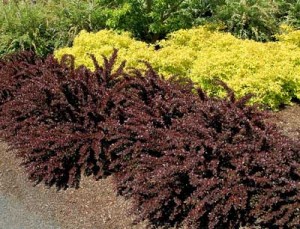 Picture 3 – Crimson Pygmy Barberry
Picture 3 – Crimson Pygmy Barberry
References:
http://en.wikipedia.org/wiki/Berberis
http://earthnotes.tripod.com/barberry.htm
http://www.allaboutstuff.com/Garden_Tips/sub_Barberry.asp
https://www.gardeningknowhow.com/ornamental/shrubs/barberry/barberry-shrub-care-tips.htm
https://www.thehealthboard.com/what-is-barberry.htm
http://www.flowersofindia.net/catalog/slides/Indian%20Barberry.html
https://www.ncbi.nlm.nih.gov/pmc/articles/PMC4678494/
https://www.fruitipedia.com/2018/11/european-barberry_berberis-vulgaris/
- by admin
- April 4th 2011

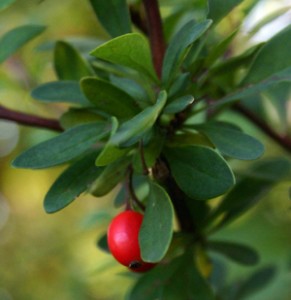
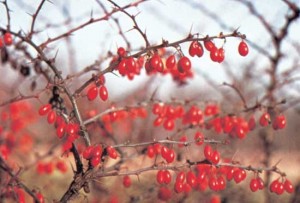
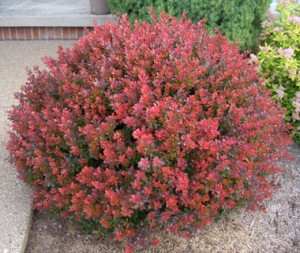
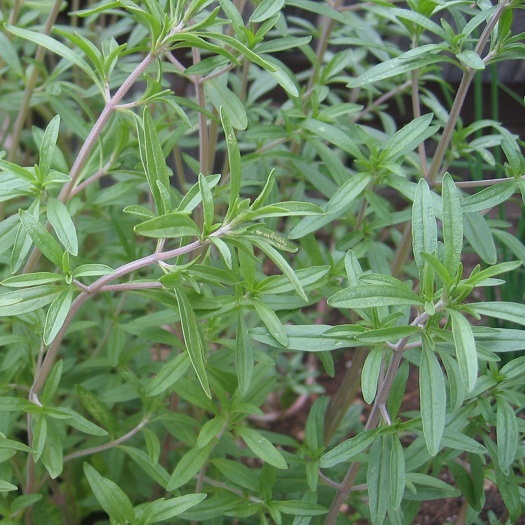
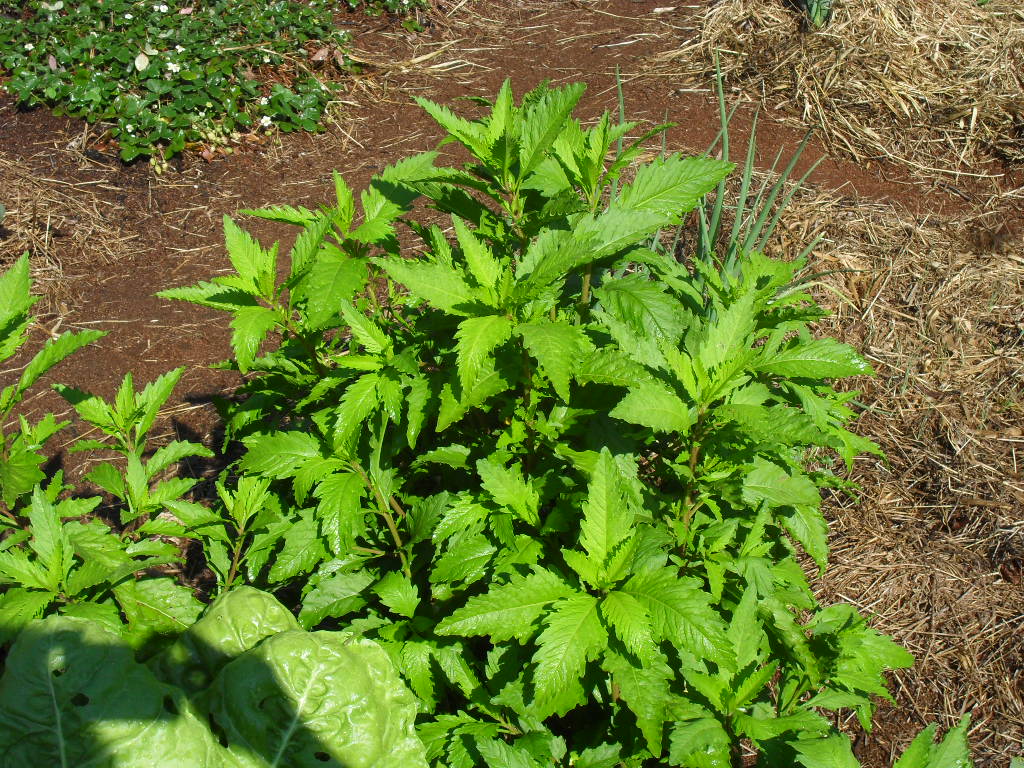

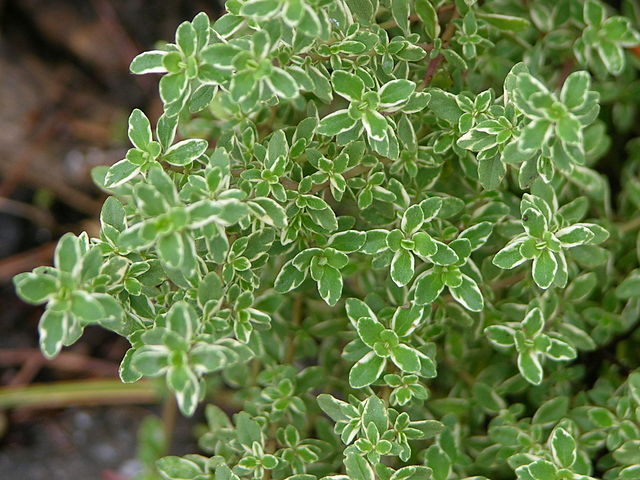
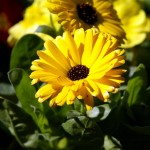
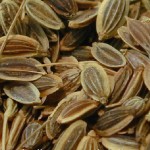
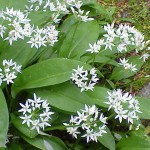
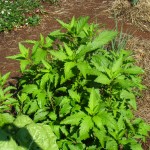


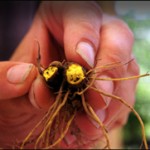

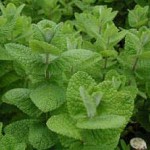
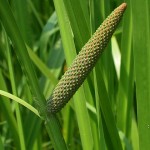




Leave a Reply